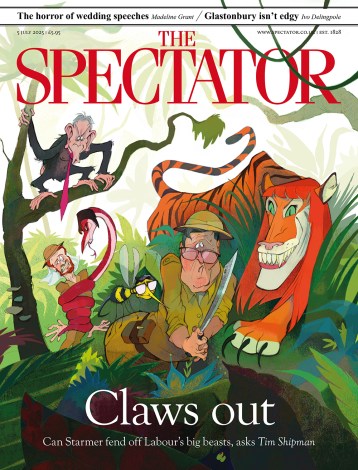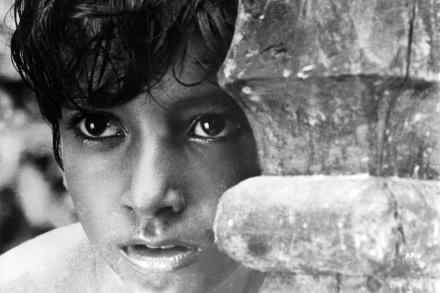Exploring the glorious literary heritage of Bengal
The first time I went to India, nearly 30 years ago, I was sent as a young novelist by the British Council. Unusually, my first encounter with the country was Kolkata, a city I loved instantly. At the first event, after I had finished reading, an audience member gently asked if I liked Indian novels. I thought I was prepared, and mentioned R.K. Narayan, Salman Rushdie, Anita Desai and Vikram Seth. The questioner smiled. ‘Those are all writers in English,’ he said. ‘What about writers in Indian languages?’ I was stumped. Perhaps many people of generous reading habits have the same block without knowing it. The liveliness of English-language writers


